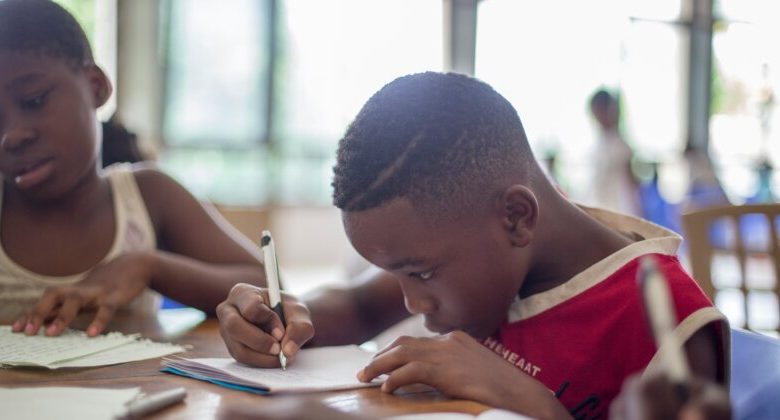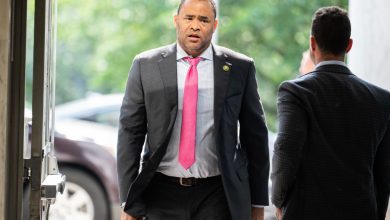Why Students from Low-Income Families Are Still Left Behind

We will figure out why some children are born with fewer chances of success in their studies and careers than others and whether it is possible to change society so that every child can prove themselves in it.
What is educational inequality?
Educational inequality is a situation in which a child’s ability to receive a good education, achieve high academic results, and realize themselves depends on their starting conditions in life. There are two approaches to educational inequality. Most often, it refers to differences in educational opportunities: for example, differences in infrastructure or staffing of schools available to different groups of children. Another approach focuses on differences in educational outcomes. It takes into account that the environment in which children grow up, their family, and their surroundings influence the child’s success in school.
Nevertheless, whether there is inequality in education or not, there is a problem that absolutely all students face, regardless of their status and family income. Most of them complain about endless homework that they do not have time to complete. Fortunately, there is a solution. For example, you can come to special writing services for help with the request, “I want to pay someone to do my research paper fast.” A professional writer will help you with this.
What is the problem made up of?
It is quite natural that educational inequality, like social inequality, exists in society. Complete equality is an unattainable utopia. However, the question is the extent of the gap between children’s capabilities and whether functioning institutions exist that give a child a real prospect of not getting stuck in a situation of disadvantage.
One factor is the difference in family income. The USA has free education, but access to private schools requires costs. Parents with good incomes are more likely to hire tutors for their children and to choose those tutors whose work is of higher quality. According to 2021 data, 29% of American families with children live in poverty. As a result, they can’t afford all the features that education has.
Children need conditions at home to study: a separate room, a desk and chair, a computer, and additional educational literature. Not all parents can provide their children with these conditions. Wealthy families can afford more frequent visits to the theater and museums, as well as traveling – all this broadens the child’s horizons and develops their imagination and critical thinking. Poor families have fewer such opportunities, or they do not exist.
What affects educational inequality?
Educational inequality is influenced not only by different incomes but also by parents’ cultural capital—their ideas about the world, knowledge, and skills. Cultural capital is embodied not only in diplomas. It is the world of communication, speech, and culture in which a child lives in the family. The number of books and the nature of conversations at home determine what language a child learns and what ideas about the world they develop.
Therefore, children from families with high cultural capital have higher starting opportunities even before admission. They have a broader outlook, and interest and curiosity are encouraged.
Families with high cultural capital have higher expectations of children and more effective support for their implementation. Parents not only strive to give their children a quality education but also understand where to get it: in which school, in which additional education center, and on which Internet platform. They have enough skills in searching for information, critical thinking, and social connections to figure this out.
Families with low cultural capital, when choosing a school, are guided primarily by its proximity to home. When parents in such families choose clubs, the fact that the child is busy is enough for them. Children from such families are less likely to go to college or get into a good university, even if they have high grades and test scores.
Conclusion
Family, lack of support for decisions, and lack of self-confidence all influence both the actual ability to enroll and whether the child will use their educational results. Along with the family, the peer environment is important. If a child studies in a class or school where children with high cultural capital and good grades study, this can increase their educational success and vice versa.




